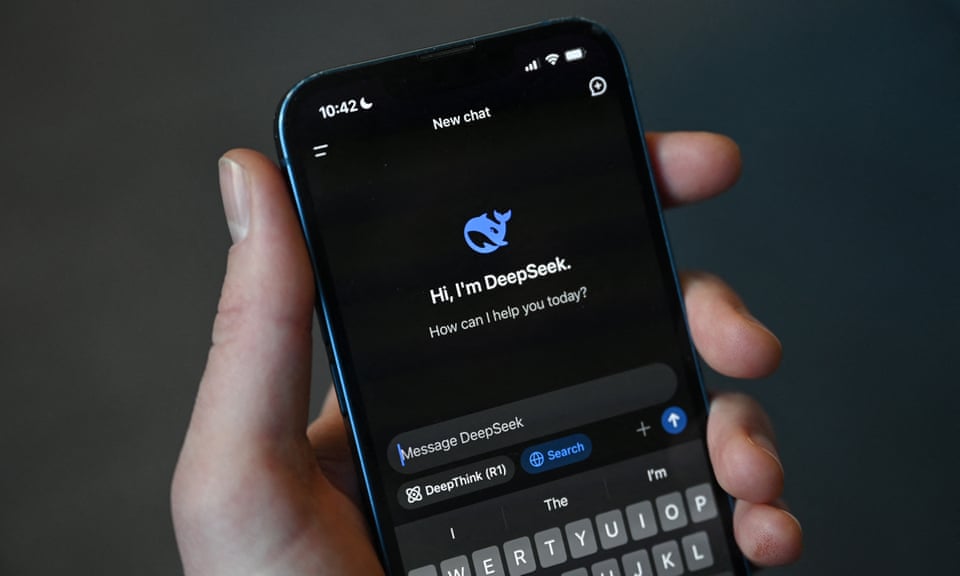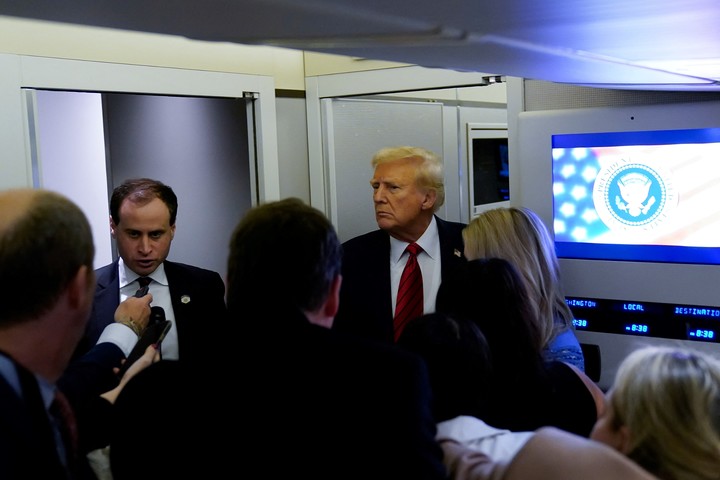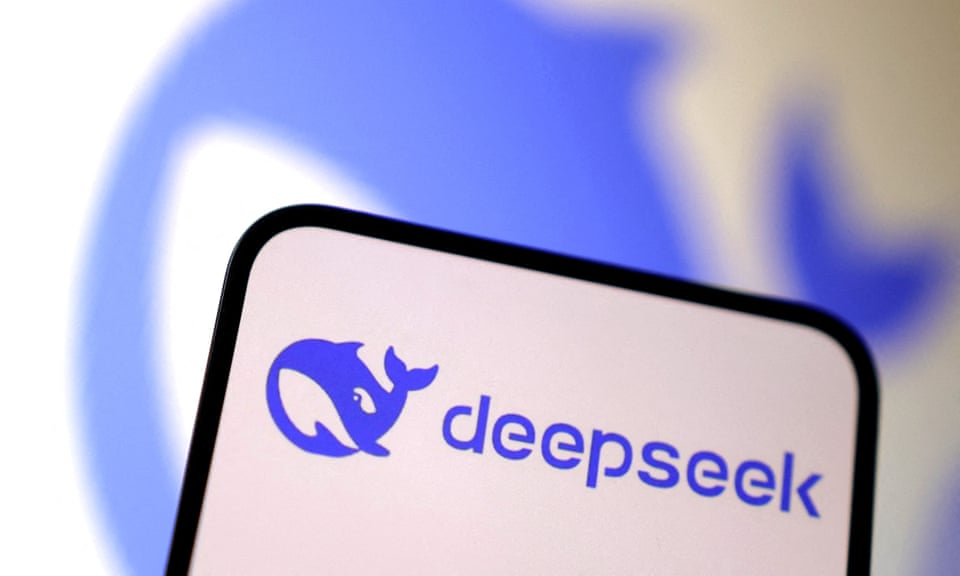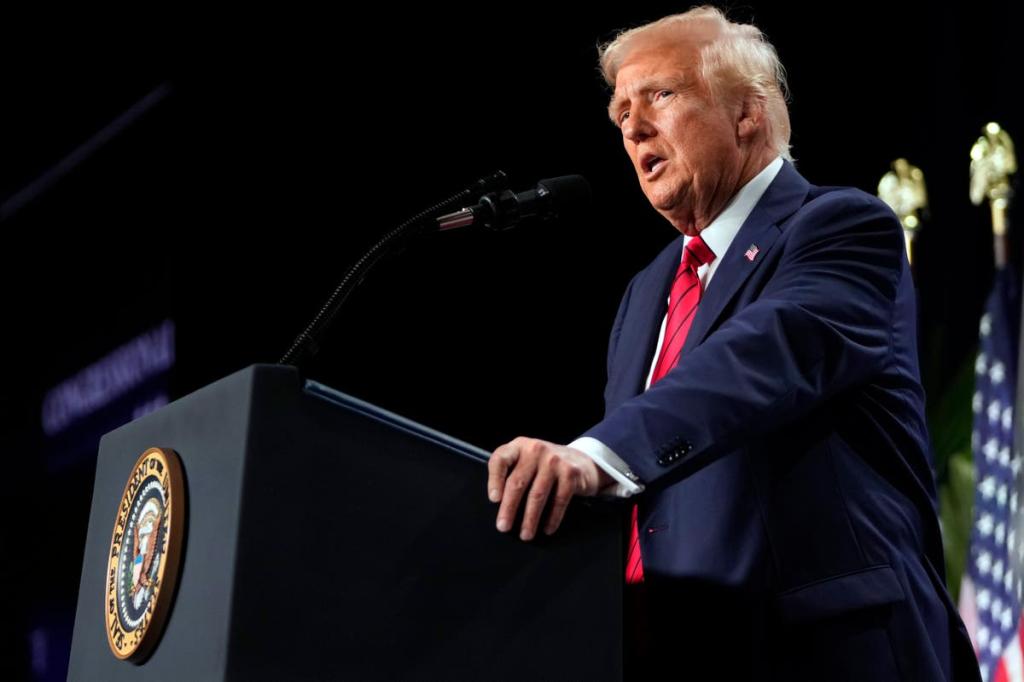DeepSeek AI Rise Signals urgent Change for U.S. Tech Firms
DeepSeek's AI breakthrough challenges U.S. dominance, urging tech firms to innovate cost-effectively and rethink their strategies for the future.

Key Points
- DeepSeek's launch of its cost-effective AI model R1 poses a serious challenge to U.S. tech firms, prompting a significant market drop.
- President Trump views DeepSeek as a wake-up call, pushing American companies to innovate more efficiently and at lower costs.
- The rise of DeepSeek is seen as an opportunity for U.S. firms to enhance their AI strategies and capabilities amid growing global competition.
The recent emergence of the Chinese AI startup DeepSeek has sent shockwaves through the technology industry. With its revolutionary chatbot model, R1, DeepSeek quickly surpassed major players like
in downloads, causing a significant decline in the stock market, particularly affecting giants such as
.
has described this development as a "wake-up call" for American tech firms. But what does this truly mean for the future of artificial intelligence in the U.S.?

DeepSeek's Impact on the Market
DeepSeek's rapid rise to prominence can be largely attributed to its innovative approach—developing an AI model at a fraction of the cost of its American competitors. The significance of this achievement was driven home when DeepSeek's R1 model led to a staggering $1 trillion loss in the market value of leading American tech stocks. Nvidia alone, well-known for its crucial role in powering AI technologies, lost nearly $600 billion in one day.
This disruption has raised questions about the sustainability and dominance of U.S. technology firms in the AI landscape. DeepSeek's strategy of providing a competitive product without the exorbitant costs associated with models from
or Google showcases the potential for innovation under constraints.

A New Era of Competition
Trump's comments regarding the situation highlight an important shift in mindset. He stated that this development could force
to innovate more efficiently and at a lower cost, which might ultimately lead to better outcomes for consumers and businesses alike. The advent of DeepSeek could encourage American companies to rethink their strategies and focus on maximizing value while minimizing expenses.
Moreover, leading figures in the tech industry, including
of OpenAI, have acknowledged DeepSeek's impressive capabilities. Altman noted its efficiency and cost-effectiveness. While he called for improved alternatives from the U.S. side, it's clear that the presence of DeepSeek invigorates the competition, pushing U.S. firms to enhance their offerings.

A Wake-Up Call for Innovation
DeepSeek's rise can be likened to a "
moment" in AI, where unexpected advancements from a competitor challenge a dominant player's confidence and market lead. Just as the launch of Sputnik prompted the U.S. to accelerate its space exploration efforts, so too may DeepSeek's entrance into the market push American firms to invest more deeply in AI innovations.
The need for the U.S. to bolster its AI initiatives has never been clearer. With detail-rich research being conducted at a fraction of U.S. costs, the current landscape invites a reconsideration of priorities and a push for more sustainable practices in tech development. Companies might need to pay close attention not just to the technology itself, but also to how it can be developed efficiently.

The Future Landscape of AI
As the global technology landscape shifts, a collaborative approach may also emerge. This entails leveraging open-source models to foster innovation while protecting against potential security risks. DeepSeek’s R1 being an open-source model allows it to be modified and repurposed by various companies, which could create new opportunities for development and improvement across the board.

Ultimately, while experts caution about the implications of DeepSeek’s progress, they equally recognize that competition can breed excellence. The potential for U.S. firms to rise to the occasion is significant. With robust investments like Trump's newly announced $500 billion initiative aimed at developing AI infrastructure, there is hope for rejuvenation and a sustained lead in this crucial sector.

In summary, the dramatic rise of DeepSeek serves as a clarion call for U.S. technology firms to refocus and innovate more affordably and efficiently. This pivotal moment could either propel them to surpass previous limits or risk falling behind in a rapidly changing technological landscape. By embracing competition and challenging norms, the U.S. AI industry can not only weather this storm but also emerge stronger and more resilient.


